From its origin thousands of years ago in Peru’s Andes Mountains, the potato has traversed Indigenous and colonial foodways to become a cultural staple around the globe. Now, the ancestral crop is also the future of space-age food.
One Potato, Two Potato… Four Thousand Potato?!

How many potatoes do you think grow in Peru? Here in North America, most markets carry Yukon Gold, russet, red, or fingerling potatoes. Some even have purple potatoes. That makes a handful of varieties.
In Peru there are more than 4,000 varieties of potatoes. Let that sink in—4,000. You would have to eat a different potato a day for more than a decade to try them all.
In the 1615 manuscript Nueva Crónica y Buen Gobierno, Peru’s Indigenous chronicler Felipe Guaman Poma de Ayala illustrated how my Quechua ancestors cultivated potatoes at an elevation of 12,000 feet throughout Peru’s Sacred Valley.
In Latinx countries, the word for “potato” is “papa,” which is the Quechua word for the tuber. Poma de Ayala wrote “travaxo” and “papa" in the illustrations to mean the work of planting potatoes in December and harvesting them in June.
Imagine a World Without Potatoes
Sometimes, I imagine what Peru—and the rest of the world—would be like without colonization. What if the potato had stayed in Peru and never left?
There would be no bangers and mash in the UK, no french fries for Montreal’s poutine, no Irish colcannon, no Spanish tortillas, no Italian gnocchi, no hasselback baked potatoes in the US, no potato curry in India, no potato latkes for Hanukkah, no Gamja-jeon potato pancakes in Korea, or no hash browns in Louisiana.
But that’s not what happened. Spain colonized Peru and exploited the land and its people. So, eventually, the potato made it onto everyone’s plate and became one of the world’s most important crops. At first, however, no one wanted to eat it.
That changed when French pharmacist and agronomist Antoine-Augustin Parmentier championed the potato in 18th century Europe, when France thought the tuber caused leprosy and was unfit for humans. Eventually, cookbooks started to include potato recipes.
Potato Dishes from Peru
On several occasions, when a food culture conversation turned to a potato dish, I’d grin and ask the group, “Yes, but do you know where potatoes are from, originally?” Inevitably, someone would say “Ireland” or “Idaho” and, as a Peruvian, it was my duty to kindly correct them. And then give examples of classic potato dishes from Peru.
Baked Potatoes

In Peru’s Andes Mountains, communities cook in underground earthen ovens like their ancestors did thousands of years ago. Children learn to bake potatoes in dome-shaped ovens they assemble from earth clods, while larger pachamanca ovens cook buried layered ingredients such as alpaca, potatoes, sweet potato, squash, and corn.
Papa a la Huancaína
In papa a la huancaína—potatoes in the style of the Andean town of Huancayo—boiled potato rounds are smothered in a creamy and cheesy sauce with aji amarillo (yellow hot pepper). My vegan papa a la huancaína recipe keeps the aji amarillo heat and replaces the dairy with coconut yogurt, oat milk, and nutritional yeast. Pairing the potato salad with vegan tallarines rojos makes a hearty carb-on-carb combinado.
Causa Limeña
Causa—a chilled and spicy layered potato purée with a savory filling or topping—is a traditional piqueo (appetizer) at Lima’s restaurants, bars, and homes. I make it like my mom and my grandmother did, shaped into small balls. But instead of a tuna salad topping, my vegan causa limeña recipe uses chickpeas and plant mayonnaise.
Food Security
To bake or boil potatoes, Andean families depend on a successful potato harvest. So they make offering to the Apu mountain gods and Pacha Mama (Mother Earth). But what if a drought leaves little or nothing to harvest? Enter the mighty chuño.
Chuño is a freeze-dried potato with a 10-year shelf life. Quechua communities make chuño by exposing potatoes to the warm sunny days and cold nights. The process removes the water, making the potato lighter and easier to transport and store.
Chuño looks and feels like styrofoam but it’s simple to reconstitute. My grandmothers soaked chuño in water to rehydrate, then steamed and sliced the potato in half to make a cheese sandwich, or chopped and added it to a vegetable soup.
Having a supply of chuño provides Andean communities with food security and nutrition. That is one of the goals of the Centro Internacional de la Papa (International Potato Center). Their programs also seek to make tubers thrive despite climate change and economic disparities around the globe.
From Ancestral Pantry Item to Space-Age Food
NASA has looked to the ancestral chuño as food suitable for long-duration space travel. For one initiative, NASA collaborated with Centro Internacional de la Papa to not only take chuño on space flights but to actually grow potatoes on Mars.
In the film “The Martian,” the main character survives alone for 18 months on Mars by growing potatoes. Now, that isn’t science-fiction anymore.
And so, the tenacious tuber is food of the past and of the future. But I wonder if my Inca ancestors—who were astronomers and marked the solstice in the architecture of their temples—ever imagined the Andean papa flying or growing among the stars.
La Flor de Papa
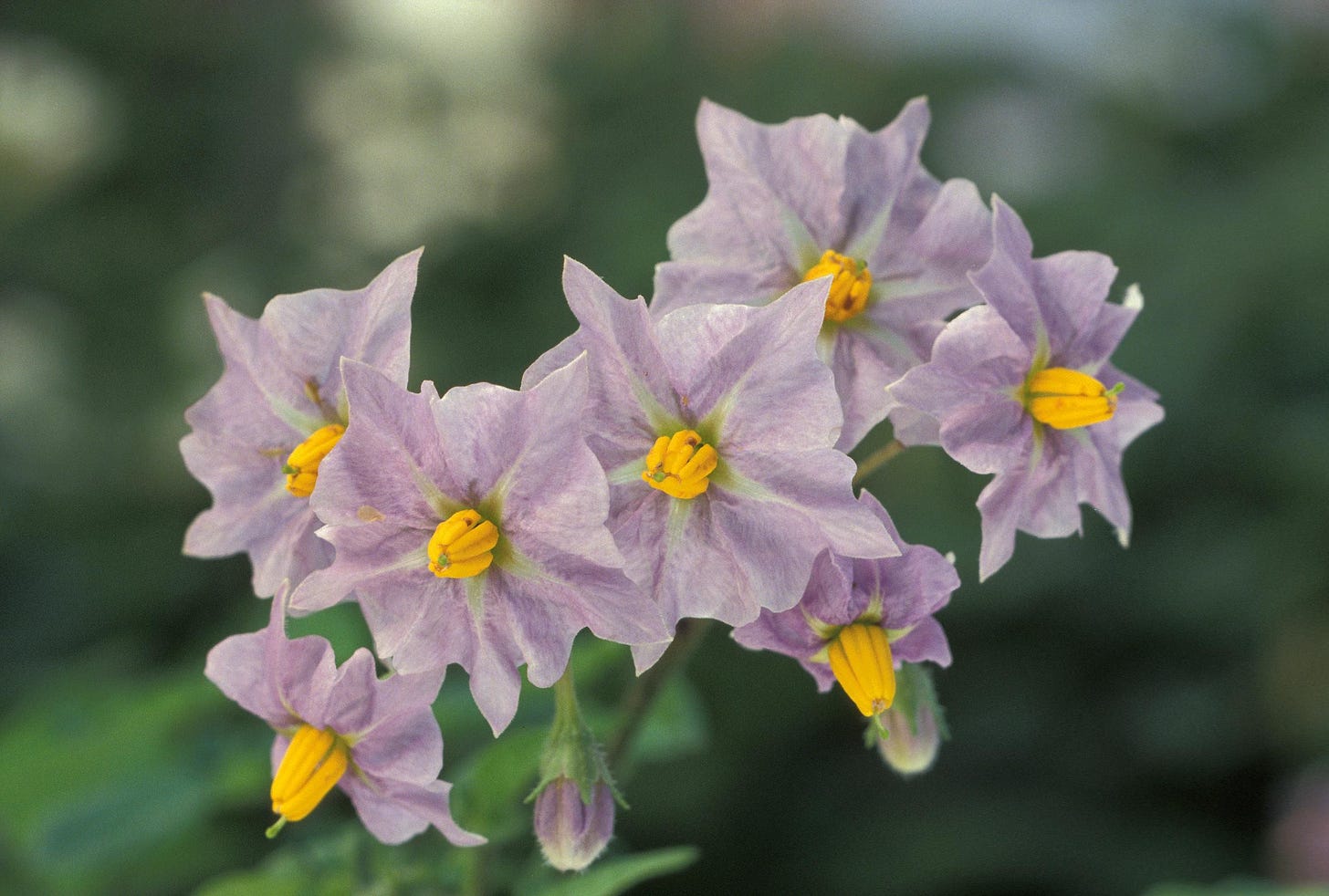
Potato flowers bloom in fields across the Andes Mountains. And in the Huayno song “La Flor de Papa,” the singer courts a potato flower that is an Andean woman.





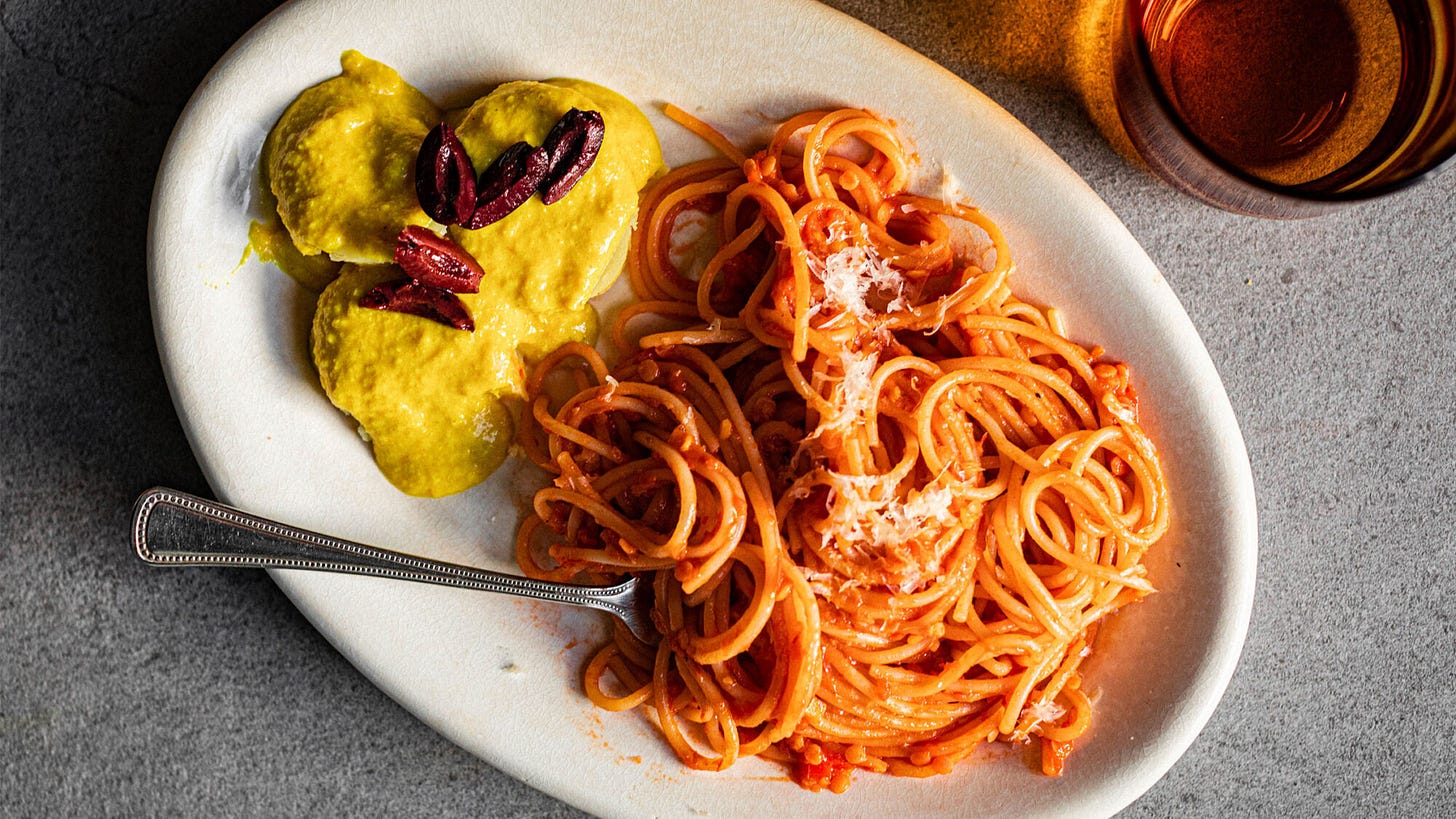
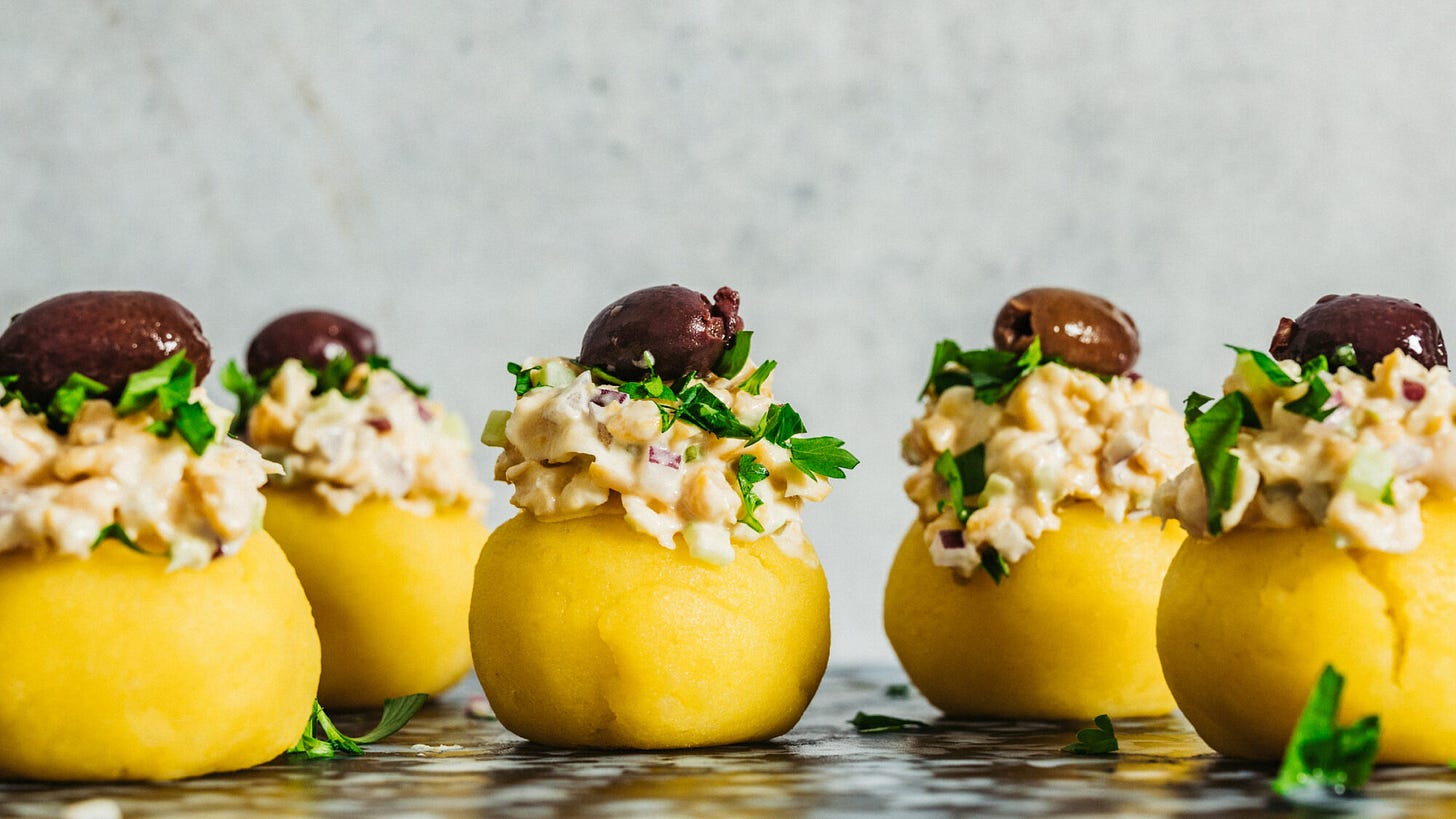
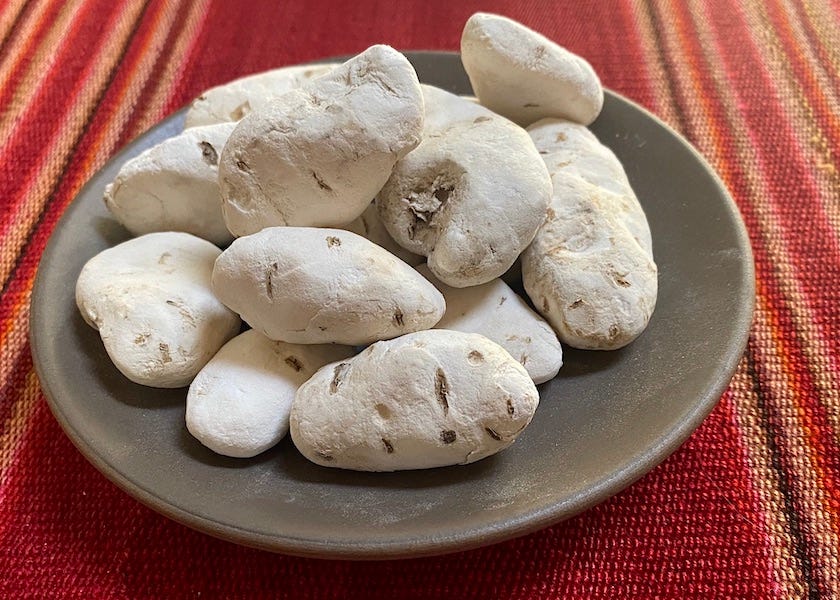
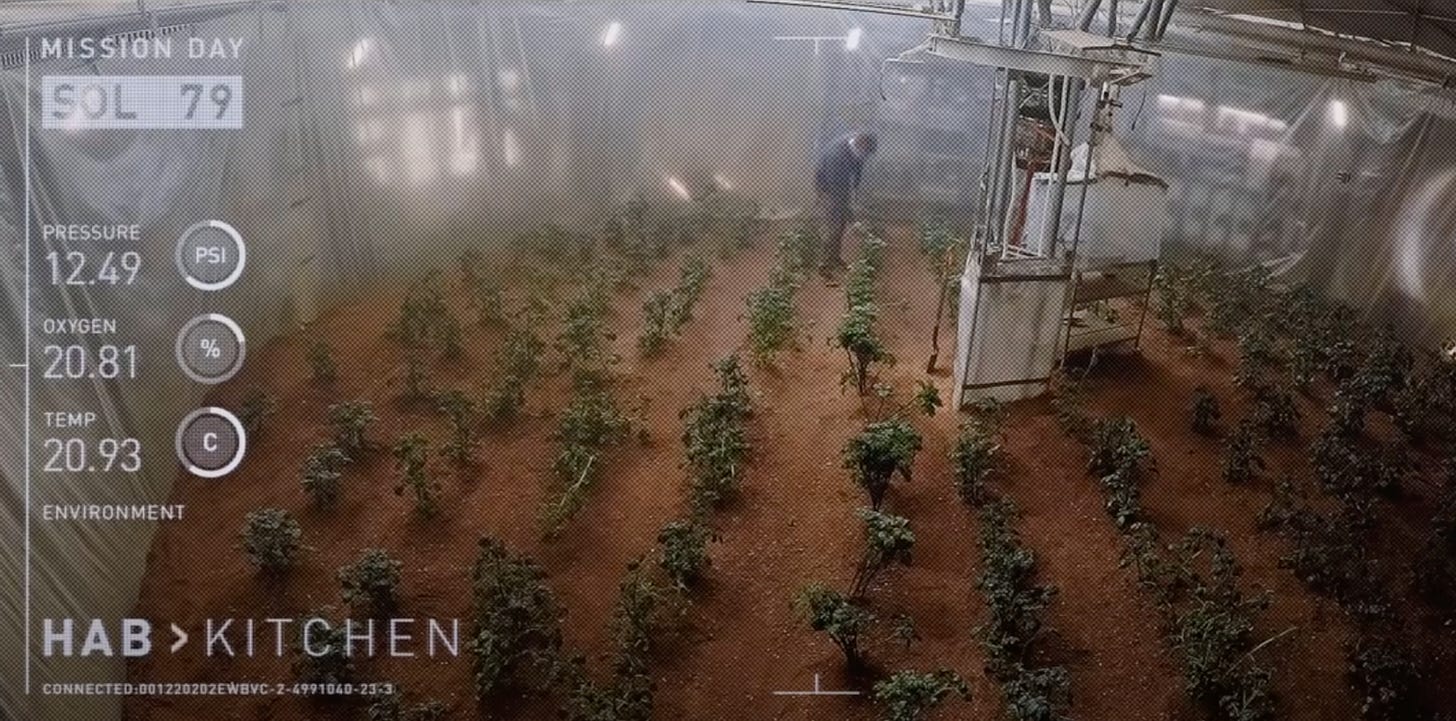
Thank you for sharing all these interesting facts! As somebody who grew up in Germany I love potatoes and am grateful that a few of the 4,000 varieties made their way to Europe. It looks like the peoples of the Andes are in touch with Pacha Mama; something we Westerners have to relearn.
I am blown away in both mind & appetite! This is the fabulously grown up version of the "Waffles and Mochi" bit on Peruvian potatoes, and that is a compliment! (https://videosforkids.net/wp-content/uploads/2021/05/waffles-mochi-potato-full-episode-netflix-jr-0CXnP0YSf7c.jpg)
- cheers